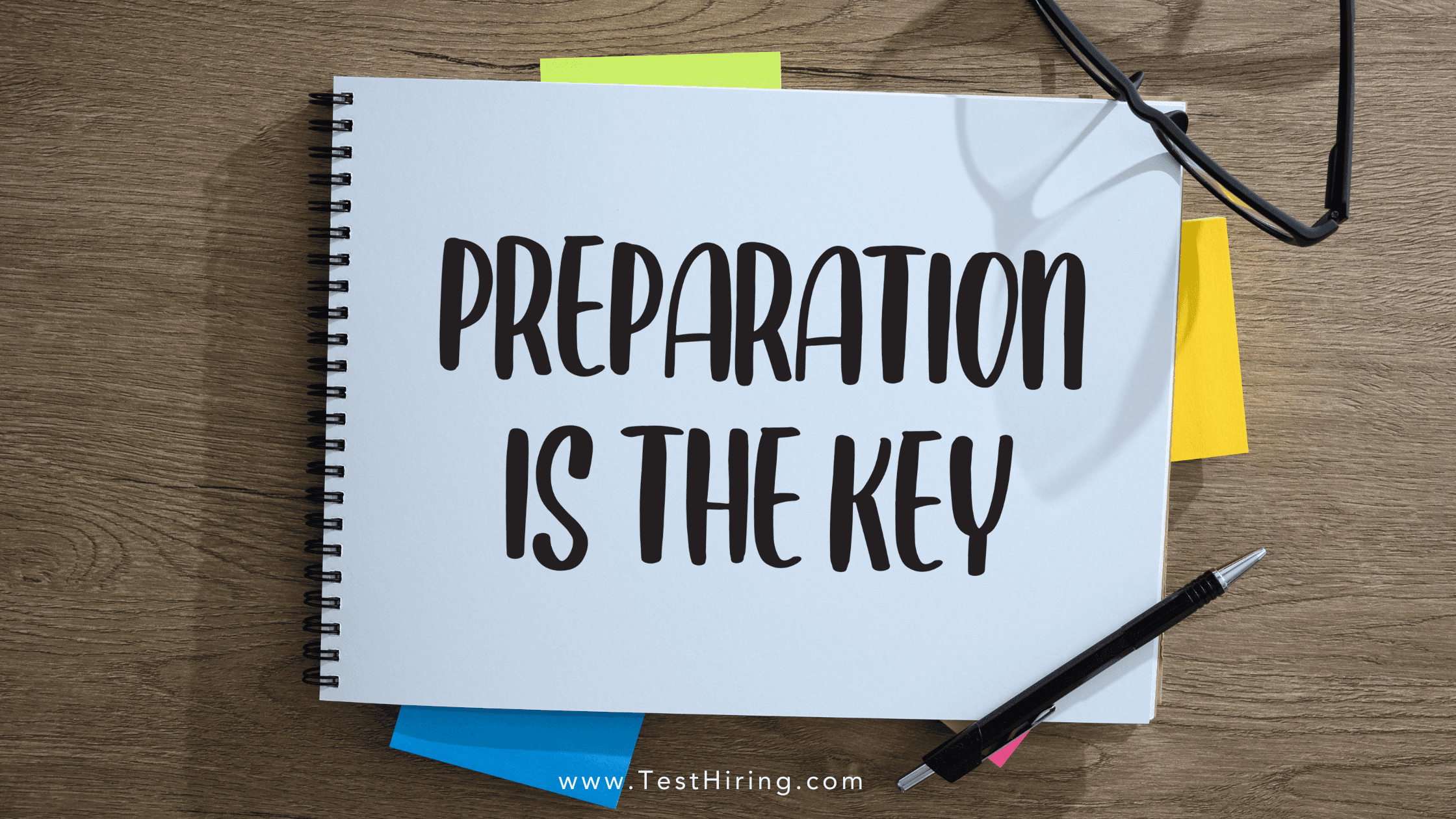If a company is just throwing darts when it comes to hiring or employee development—no rhyme, no reason—things are gonna get messy. You hire the wrong folks, waste cash on useless training, and, yeah, watch juicy business opportunities slip right through your fingers.
But hey, skills testing isn’t just some HR buzzword. If you actually pay attention and tie it to real business goals, it can be your secret weapon. Wanna wow customers? Push through some wild new ideas? Run like a well-oiled machine? Then you’ve gotta make sure people have the actual chops to pull it off—not just generic bullet points on a resume.
Why bother syncing skills tests to business goals?
Let’s be honest, the old way—hire for “general skills” and hope for the best—kind of sucks. What do you get? People who quit fast, burn-out after training that isn’t even relevant, and nobody moving the needle where it counts.
But, flip the script and actually use skills assessments the right way? Suddenly, you’re picking folks who actually fit, hanging onto employees longer, and getting your teams in sync with what *really* needs to happen.
1. Figure Out What Actually Matters
Start simple. What’s your company aiming for—this year, next year, five years out? Is hiring a struggle? Productivity dipping? Are your training programs snooze-fests that go nowhere?
Once you know what’s broken (or what could work better), *then* you can start thinking about what to measure. Like, if your customer reviews stink, you probably want people who can listen and solve problems—not just recite policies. Angle for a tech glow-up? Your skills tests better sniff out who can actually use new digital tools, not just talk about “synergy” in meetings.
2. Nail Down the Skills That Move the Needle
Goals in place? Cool. Now figure out which skills will actually get you there. Chasing sales? Hunt for folks who can negotiate and schmooze. Need better operations? Test for people who actually, you know, finish projects on time and play nice with others. Want to out-nerd the competition? Find the coders and the curious problem-solvers.
Bottom line: Every job, every role—make sure someone’s doing what the business *actually* needs, not just spinning their wheels.
3. Ditch the Cookie-Cutter Assessments
Let’s not pretend a generic test will magically spot every superstar. It won’t. Make your assessments fit the job and the industry. If you’re hiring a content creator for EdTech, for example, don’t ask them to solve math puzzles—see if they can write stuff that actually keeps students awake and learning.
Blend tech skills with personality stuff. Mix in some real-life situations. If they can’t hack it in a test that mimics the job, they probably can’t do it for real.
4. Test at Every Stage—Not Just Hiring
This isn’t a one-and-done deal. Test up front, sure, but also keep checking in as people upskill, or angles shift, or you’re leveling them up. This helps you spot gaps early (cue “upskill” training rather than “oops, they can’t do this and it’s been a year” drama).
Going global? Make sure everyone who’s gonna work with new markets can actually communicate across cultures—don’t just wing it and hope.
5. Actually Use the Data (Don’t Just Collect It)
You did all that assessing. Don’t stuff the results in a drawer. Use the data to sharpen who you look for, how you train, and who you want running the place next. The smart companies? They’re always tweaking and adjusting based on what the numbers (and performances) actually say.
Skills tests aren’t just paperwork for HR—they’re how you turn potential into performance and keep the whole machine running smooth. If you’re slapping together hires and hoping for the best, good luck. But if you get serious about matching skills to goals, you’ll hire better people, train ‘em right, and crush whatever comes next.




